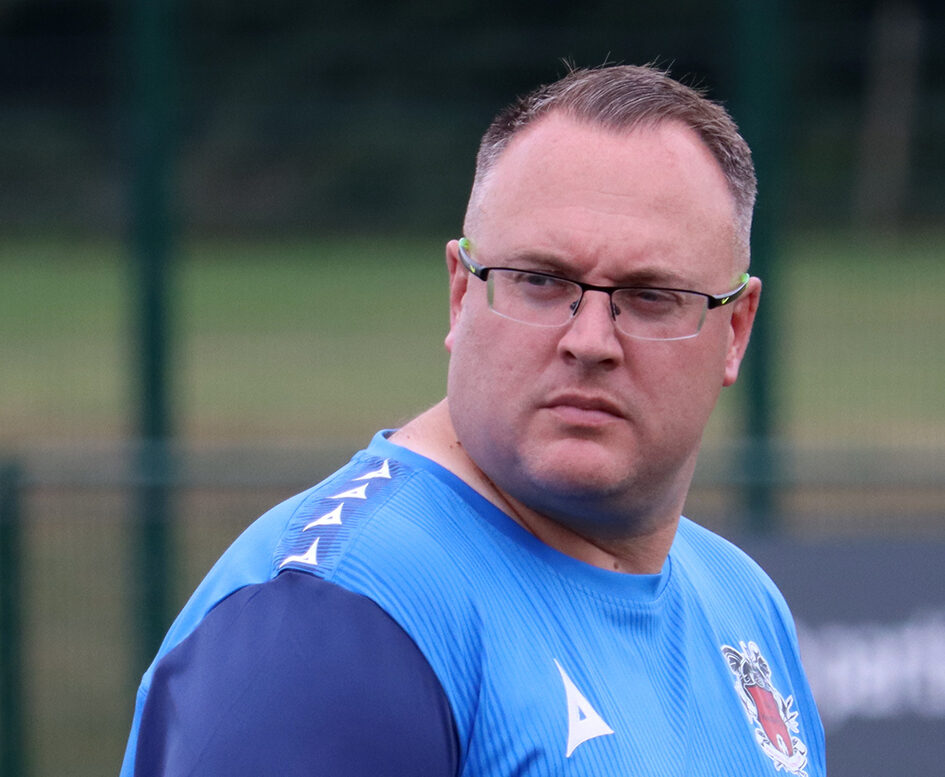Lincolnshire fire crews were called in to help in the movement of obese people trapped in their homes or beds 37 times last year, new figures show.
The number of ‘bariatric incidents’ – those involving obese patients – attended has been increasing steadily, from four in 2011/12, rising each year to 16 in 2014/15, then leaping to 37 in the 12 months up to last April.
Spencer Creek, technical response manager at Lincolnshire Fire and Rescue, says there is an agreement to assist health professionals and ambulance crews in moving or repositioning patients to allow life-saving medical treatment to be given.
He added: “Our primary objective is to protect lives, prevent injuries and minimise the community impact from emergency incidents.
“To do that efficiently and effectively, we make sure our crews have the skills and equipment necessary to respond to a range of different emergencies. That includes the movement of those suffering from bariatric conditions at an incident, either as the first emergency service at the scene or when requested by another emergency service to assist.”
In the last financial year, incidents included a fire crew having to remove a stairlift and section of the bannister to enable movement of an obese patient from the first to ground floor and, in another case, removing two doors. Fire and rescue teams also helped hospital staff move patients and aid ambulance crew to get obese patients back into their homes.
They also helped with removal of a deceased obese person from their home.
In the last annual report from Lincolnshire’s director of public health, the increase in preventable liver disease was the main focus, with obesity highlighted as one of three main causes. It said the rate of obesity in Lincolnshire was higher than the average for the East Midlands and nationally. In 2014/15 19.4 per cent of children in the final year of primary school in the county were classified as obese, the report added.
Ben Holdaway, associate director of operational improvement at East Midlands Ambulance Service, said: “We have a responsibility to provide urgent and emergency care to all members of the community we serve.
“In 2011, following extensive evaluation by our clinical staff, we began providing Stryker Stretchers on all new ambulances we purchased. These stretchers are suitable for the conveyance of all patients (up to 50 stone) and means that all new vehicles are able to carry bariatric patients.
“This type of stretcher raises and lowers electrically which reduces the likelihood of staff sustaining an injury when conveying any patient in our care.
“We work closely with fire services across the East Midlands who have additional equipment to ensure patients can be moved to the ambulance and transported to hospital in the most dignified way.”







